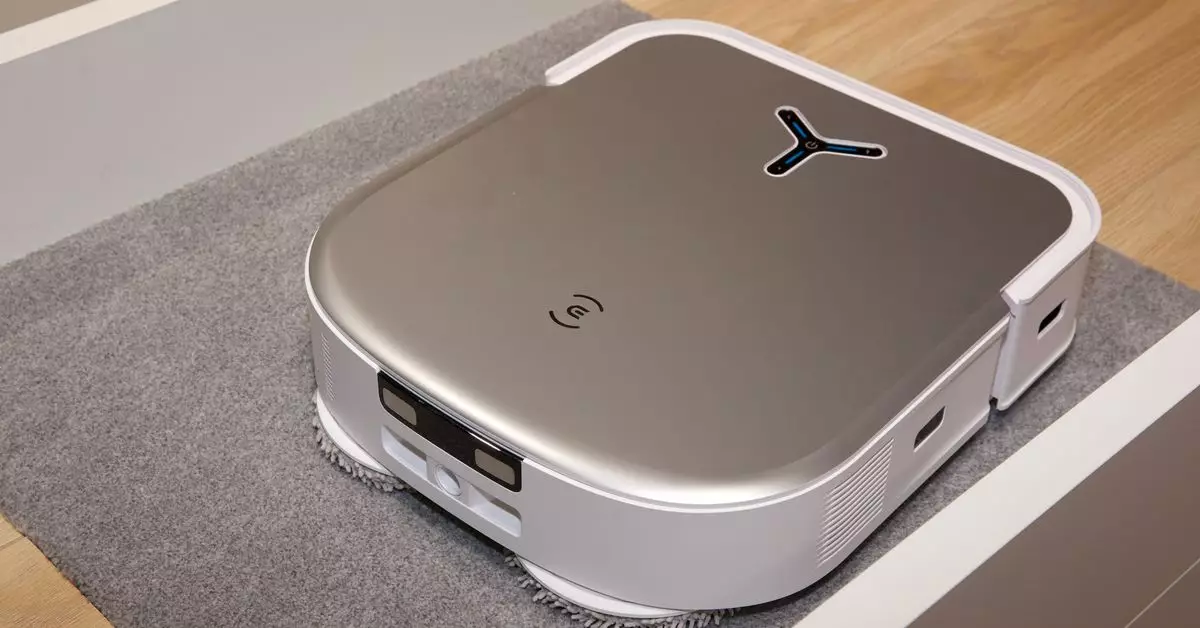In an increasingly connected world, the joys and conveniences of smart home technology come with a looming threat—cybersecurity vulnerabilities. Recently, reports emerged involving the Ecovacs Deebot X2 Omni robotic vacuum, which suffered a troubling hacking incident. Users in several cities across the United States experienced a disconcerting invasion of privacy when their devices began broadcasting unsolicited messages, including racially charged slurs aimed at unsuspecting individuals. Such events are alarming, shedding light on the significant risks associated with cloud-connected devices.
The chaos surrounding the Deebot X2 emerged when owners, like Minnesota lawyer Daniel Swenson, recounted their unsettling experiences. Swenson noted that what began as a faint noise soon escalated into a troubling auditory assault from the vacuum’s speaker. As he attempted to reboot and secure his device, the intruder’s voice persisted, echoing derogatory comments. Other users, including residents from Los Angeles and El Paso, reported similar unfortunate incidents—whether it was a device harassing a pet or someone yelling hateful words at them. These occurrences raise urgent questions about the procedures in place to protect users from misuse of their devices.
Corporate Response and Responsibility
Ecovacs responded to these alarming events by asserting that they had identified a “credential stuffing event,” an attack method that exploits existing user credentials from breaches in other services. They claimed to have taken immediate measures by blocking the IP address involved. The company’s assertion that no usernames or passwords had been exfiltrated seems reassuring; however, the public remains understandably skeptical. The increasing frequency of privacy violations makes users wary of the companies’ ability to manage their data securely.
In previous studies, researchers demonstrated methods by which unauthorized individuals could bypass security features like PIN entries on the Deebot X2, amplifying concerns. Although Ecovacs announced plans to enhance security measures in an upcoming update, the real question remains: can they effectively combat the evolving nature of cyber threats?
The incident with the Deebot X2 is not an isolated anomaly, but rather part of a broader pattern seen with smart home devices. From unchecked cameras displaying live feeds of other users to instances of devices being manipulated from afar, users are increasingly confronted with the downside of technological advancement. With the convenience that these technologies offer, potential invasion of privacy looms as a significant drawback.
As we forge further into the digital age, the responsibility for safeguarding user data and ensuring device security rests not only on manufacturers but also on users to adopt best practices. Strong, unique passwords and regular software updates could mitigate some of these threats. However, companies must prioritize building robust security frameworks to foster user trust and confidence. It’s crucial for consumers and manufacturers alike to engage in a proactive dialogue about the risks involved and the measures necessary to counteract them.

